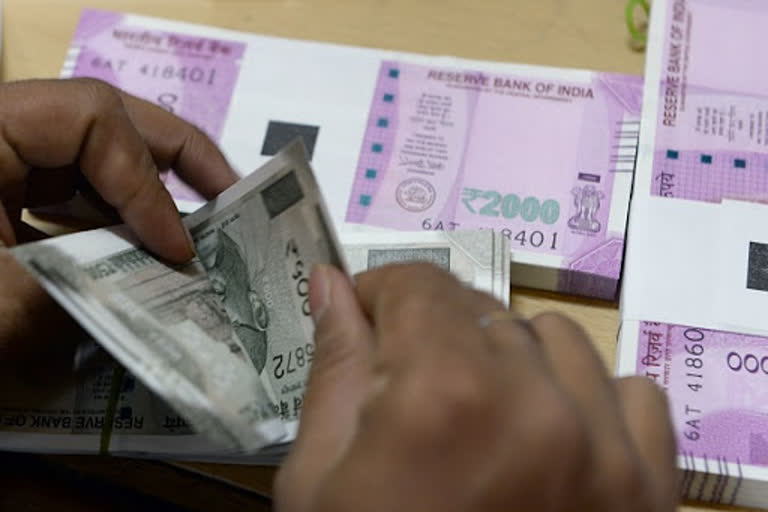New Delhi: Given weak consumer demand, higher oil prices can result in stagflation in an emerging economy like India, which imports more than 70 per cent of its oil needs, says a report.
In economic parlance, stagflation means a situation in a country's economy when inflation is persistently high, demand is stagnant and unemployment rates are high.
According to the Japanese financial services major Nomura, when the rise in oil prices is driven more by supply-side factors – as is the case currently – it tends to be more damaging to large net oil importers.
This is because, "in the absence of a strong pick up in exports, higher import cost of oil could sharply worsen current account positions, compress profit margins and, to the extent that firms pass on higher production costs, raise consumer price index (CPI) inflation," it said.
Crude oil benchmark, Brent futures, surged by almost 20 per cent to USD 71.95 per barrel (intra-day) on Monday after twin drone attacks on Saturday wiped out more than half of Saudi Arabia's crude supply. It was also the biggest gain in Brent in dollar terms since futures started trading in 1988.
Read more: Varanasi-Dehradun Air India services to begin from September 28
The drone attacks on Saturday targeted Abqaiq, the site of the largest oil processing plant run by the Saudi state oil company, Aramco, and the Khurais oilfield.
As per the report, for a country like India, higher oil prices are equivalent to a negative terms-of-trade shock that weakens growth, pushes up inflation and deteriorates the twin deficits.
"Given weak demand, higher oil prices, even if temporary, can result in a stagflationary outcome," Nomura said.
According to Nomura estimates, every USD10/bbl rise in oil price would reduce gross domestic product (GDP) growth by around 0.2 percentage point, widen the current account deficit by 0.4 per cent of GDP, widen the fiscal deficit by 0.1 per cent of GDP and add around 30 basis points (bp) to headline CPI inflation.
It further noted that if higher oil prices result in rupee depreciation (against the US dollar), then we estimate that, for every 5 per cent rupee depreciates against the dollar, headline inflation would increase by 20 bp.
"Given this is a temporary supply-side shock, we expect the Reserve Bank of India (RBI) to look through higher oil prices, especially since CPI inflation will be at its 4 per cent target and as the negative output gap would persist," Nomura said.
The global brokerage firm expects a cumulative 40 bp of rate cuts in Q4 2019. Although sustained high oil prices would increase the likelihood of a 25 bp rate cut in October (followed by 15 bp in December), rather than a more aggressive (over 25 bp) cut in October.
The central bank, which has already reduced the key policy rate four times in the current calendar year, is scheduled to announce its next bi-monthly monetary policy on October 4.



